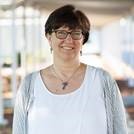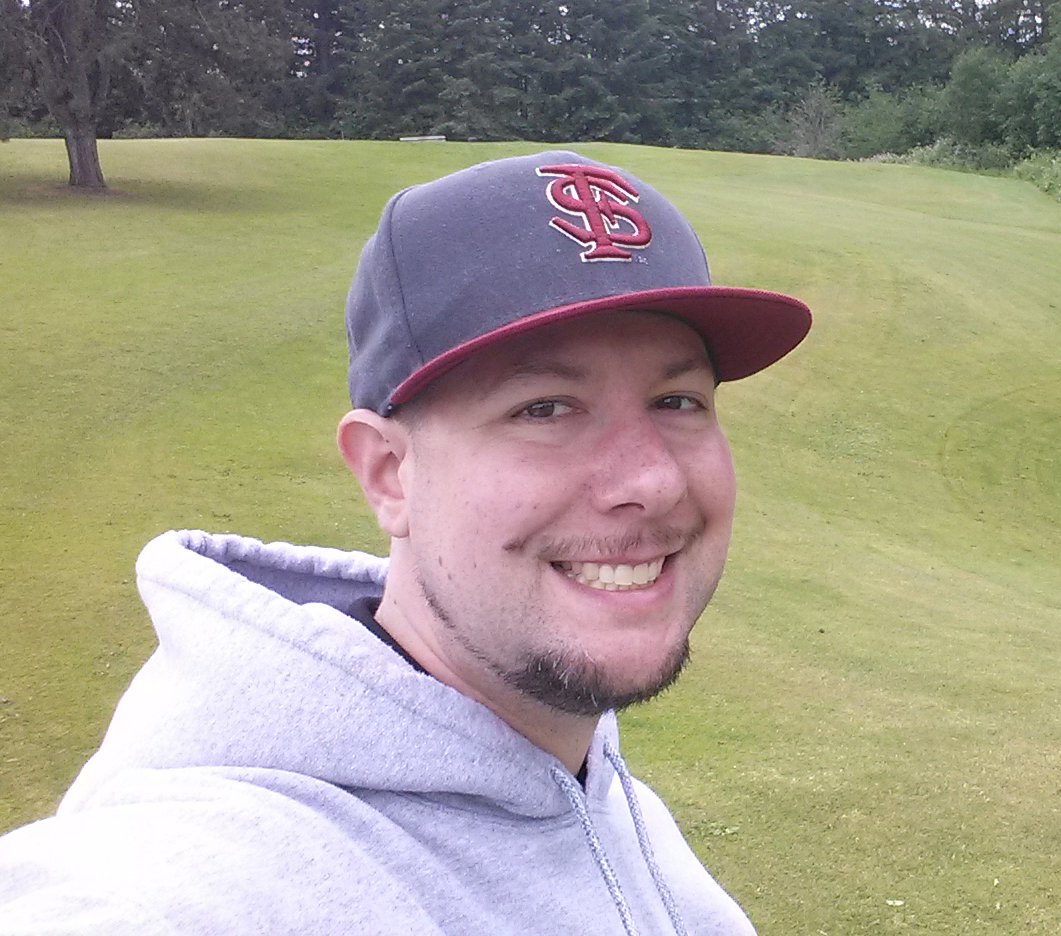
Stories from the Field-Evergreen Public Schools
Stories from the Field
One of the most common pieces of feedback CCTS receives related to the Inclusionary Practices Project (IPP) is that people want access to what others are doing in the field. "Stories from the Field” is an ongoing way we hope to amplify voices so we can learn from one another’s experiences.
Increasing Inclusion and Collaboration with Evergreen Public Schools
In June, 2020 Gary Hale (CCTS Project Specialist) interviewed Kim Berhow (Assistant Director of College and CTE) and Todd Karnofski (Special Education Coordinator) from Evergreen Public Schools in Vancouver, Washington to talk about their 10-year journey toward greater inclusion.
It's not just CTE. And it's not just Special Ed. When we come at it from that angle, we end up naturally collaborating on everything.
Kim Berhow Assistant Director of College and CTE, Evergreen Public SchoolsTell us a little bit about yourself. What is your role in your district?
Todd: I’m the Special Education Coordinator at Evergreen Public Schools and even before becoming an administrator seven years ago, I was a teacher. It was great to have those kids access all those different CTE options. As an administrator, I’ve been able to see how some of those things are connected and how some of the data results in positive growth for students by having access to CTE classes that are of interest to them. It’s been great to have that relationship between Special Ed and CTE.
Kim: I’m the Assistant Director of College, Career and Technical Education. Todd and I worked together as teachers at Evergreen High School before moving into administration. I came from industry to teaching about 14 years ago. I was a teacher in the classroom for a while and then I moved to career guidance, which was around the same time we moved to this inclusionary model (10 years ago). Now, I work with teachers and CTE in improving that collaboration and inclusion to do what we do best which is offer an opportunity to our students. They allow students to learn in different ways because some of it is hands on, some of it is on a computer, some of it is in a shop. There are a lot of different opportunities for a student to pursue what they’re interested in.
In your seat, you are introducing new ways of thinking about inclusion and leading efforts to make changes. What are some ways you've handled the process of making change and the challenges that come with it?
Kim: People have embedded beliefs and some of them have been held onto for a long time and they like how they do things. So, ongoing conversation and being willing to have a conversation back and forth. Just because I think it's important doesn't mean that anybody else thinks that something is important. I think the more conversations you have, you find that what we agree on is that we care about kids. And we want what is best for students. Let's start from that place and make sure we hear our teachers’ voices.
Todd: Simplifying is a big piece. Having a simplified message from the Superintendent really helped. Also, start small. Start with a grade level or one student. We piloted a co-teaching format with a CTE Teacher and a Special Ed Teacher last year at one school, and since we’ve seen such positive results, we are now going to have it at all four of our high schools this coming school year.
Can you share an example of how you’ve seen collaboration between CTE and Special Ed positively impact a student?
Todd: A student with an IEP went into a CTE course at Cascadia Tech Academy. They were doing a nursing class, and in the second half of the year they have to do an internship. But they have to show a certain level of proficiency before they can start. And in the classroom, she wasn't showing a lot of knowledge or evidence of learning. But in the internship, she started seeing the functionality and practices and her learning soared because, all of a sudden, we put it in her wheelhouse where she can actually do something and engage in immersive learning.
That's why co-teaching or that co-pairing between departments is so crucial - because we both have something to offer.
Todd Karnofski Special Education Coordinator, Evergreen Public SchoolsCollaboration is a big point of conversation and challenge that many face. What are some of your thoughts or strategies to increase collaboration?
Kim: Ten years ago, having different departments working together was not very common. I do see it more often now. It's really respecting that both of us need to be at the table and sharing our experiences to get the whole picture. It's not just CTE. And it's not just Special Ed. When we come at it from that angle, we end up naturally collaborating on everything. The time of living in a silo teaching their single room in a schoolhouse within a large school--we have to break down that wall and really make sure that people are talking to each other.
For others in our state who have a similar position or role as you, what advice would you give them to help drive more inclusive practices?
Kim: More professional development (PD). Our CTE teachers come in through the Plan 2 route, which is through industry, so many of them have not had much experience with students on an IEP and need an opportunity to learn more about inclusionary practices (which is probably true for all teachers). So they need to think about how they're teaching. Is it all reading? Is it all on the computer? Finding a variety of ways to deliver content that everyone can access. And COVID has highlighted that need for us to look at how we can teach differently so that everyone can access. Just because I get it from reading or from auditory doesn't mean that everyone else does.
Todd: The focus on UDL and making sure our content specialists get those strategies. A lot of times in districts, strategy specialists get strategies and the content specialists talk about content and they rarely get to see the other side. We see that from the Special Ed side. You have this person who has had all these classes on strategy and different disabilities and access for them. Then what they need is the content so that they can apply those strategies but they don't get any professional development. That's why co-teaching or that co-pairing between departments is so crucial - because we both have something to offer.

Kim Berhow
Assistant Director of College and CTE,
Evergreen Public Schools

Todd Karnofski
Special Education Coordinator,
Evergreen Public Schools